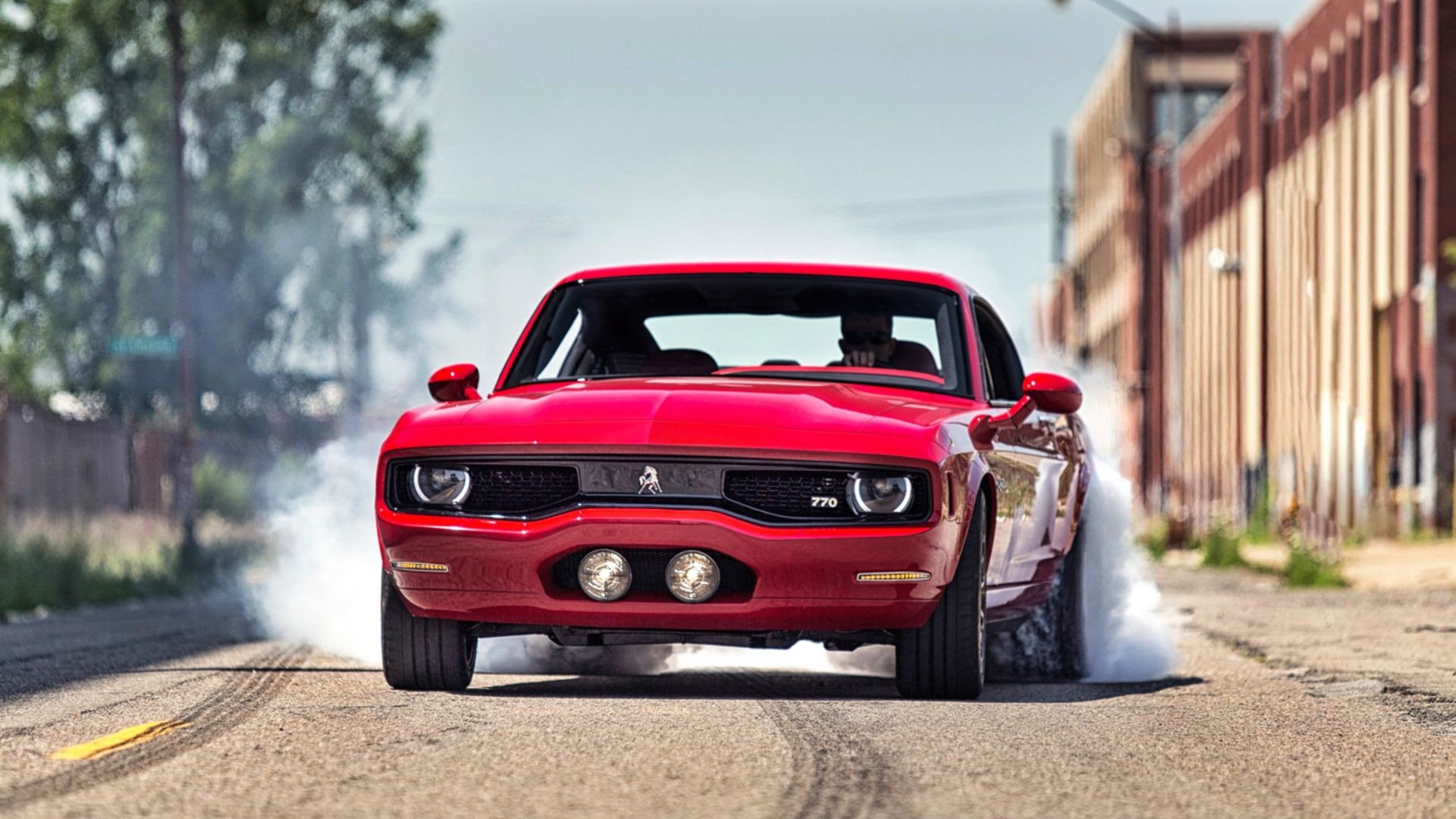Although it seems like the day would never come, your baby is now a teenager, and soon to be a licensed driver. Road safety is a vital part of drivers’ education, and the lessons shouldn’t stop once your teen is officially licensed to drive. It is important to instill as much knowledge about driving and road safety in order to protect your loved ones from devastating motor vehicle accidents. Continue reading to learn some important tips you should be teaching your adolescent about driving safe.
Car accidents are not just physically devastating; they can also be financially and emotionally distressing, and render life-long damages. Hospital bills, medical expenses, lost wages, permanent disfigurement, prolonged physical therapy, and even wrongful death are just a few consequences that can result from a shattering car crash.
There are 3 “don’ts” that all drivers should follow, regardless of age or driving experience. By following these practices, you can help to ensure your safety and the safety of others when driving on the road. These three “don’ts” include no speeding, no tailgating, and no distractions.
No Speeding – Although vehicles are designed to reach high speeds, this does not mean you should ever achieve such speeds when driving. Teach your teen to always obey the speed limit so that they are always more in control of their vehicle. Speeding can cause a driver to lose control and collide into trees, structures, or other vehicles. This can jeopardize the safety of your teen, as well as other drivers. In fact, you may want to encourage your teen driver to stay clear of the “fast lane” on highways to avoid speeders and aggressive drivers.
No Tailgating – Tailgating is a form of aggressive driving, whether you are irritated at the driver in front of you, or just late for school. It is conduct that can cause serious accidents at high speeds. At lower speeds, tailgating can result in destructive fender-benders, which can cause serious neck and head injuries like whiplash. Teach your minor to keep a safe distance between vehicles at all times.
No Distractions – Teens (and adults) have phones, music, mirrors, and all sorts of other distractions with them in their vehicles. Be sure to teach them that it is unacceptable to text and drive, or take your focus off the road for even a few seconds. Instill in them that driving should be their top focus and only priority; not checking emails or social media, putting on lip gloss, or changing the radio station. Accidents happen in a matter of seconds.
In contrast to the “don’ts”, there are also 3 “do’s” that are just as important. These include signaling, staying away from aggressive drivers, and keeping your car interior clean.
Always Signal – Turn signals and hazard lights are not optional. They are vital to safe driving because they let other drivers and pedestrians know what your intentions are on the road. Accidents happen all the time because drivers fail to use their turn signals when changing lanes or turning into a parking lot. Be sure to teach your teen driver to always use their turn signals.
Always Avoid Aggressive Drivers – Examples of aggressive drivers are those who speed, tailgate, cut drivers off, switch lanes often, attempt to provoke other drivers by revving their engines, drive angry, or attempt to fuel a conflict. These kinds of drivers are incredibly dangerous and teens need to know to stay away from them at all costs. If they see an aggressive driver, teach them to not react and to safely change lanes or pull over to get away from them.
Always Keep Your Interior Clean – This piece of advice may sound silly considering the inside of a car doesn’t seem to influence driving safety, but it does. Garbage can accumulate in a vehicle, and potentially become a driving hazard. For instance, a loose water bottle can roll underneath the brake pedal and cause a driver to have a serious accident. Even dust and lent can cause safety issues if drivers have an allergic reaction, such as watery, itchy eyes or violent sneezing. A few sneezes can certainly jeopardize a driver’s alertness on the road.
Was Your Teen Negligently Hurt in a Car Accident?
If your teenager was recently involved in a car accident that was no fault of their own, and they suffered injuries as a result, it is strongly encouraged to contact a seasoned car accident injury lawyer for professional advice regarding your rights to being compensated for your family’s incurred damages and losses.






More Stories
Elevate Your Off Road Experience with These Top Tips
Best Small 4×4 Off Road Top Picks for Compact Adventures
Off Road Driving Experience Master the Mud and Trails